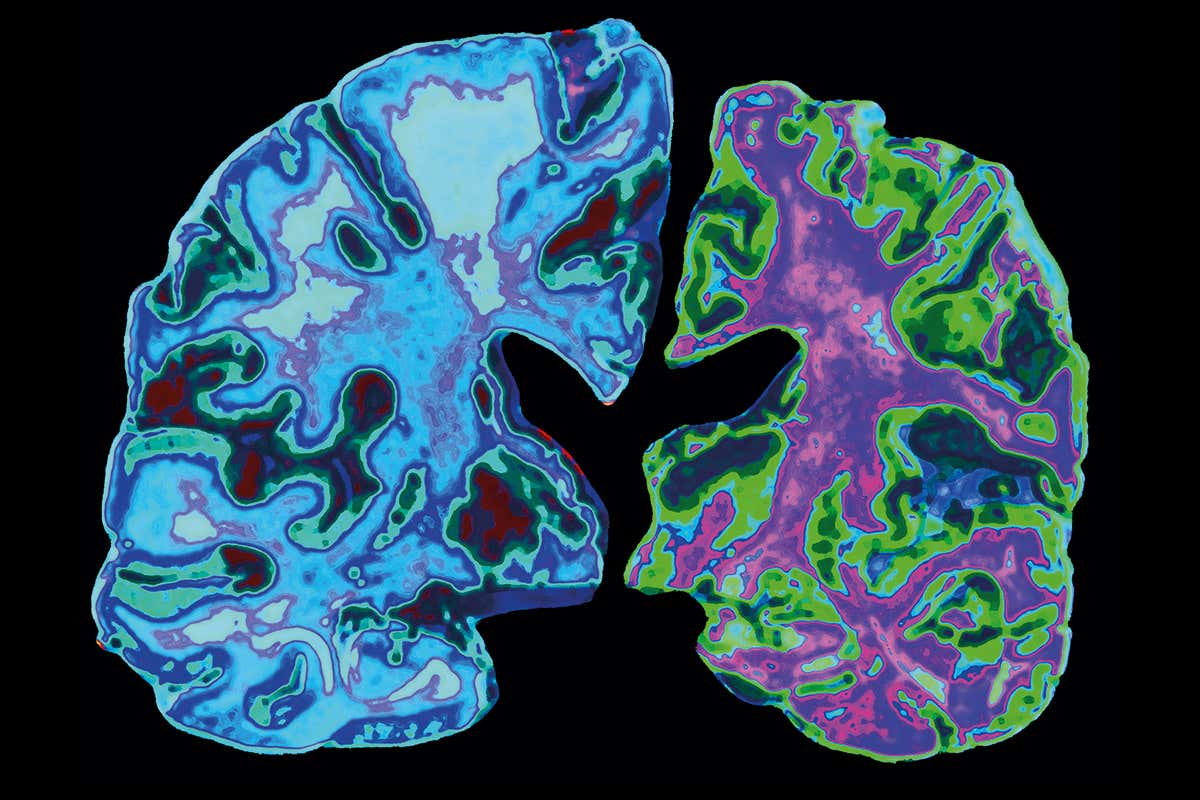Obesity is one of the fastest-growing health conditions around the world with over thirty million cases in the United States alone. In the coming years, it may become a global pandemic and also contribute to other potentially life-threatening diseases such as heart disease, hypertension, and cancer.
Now, new research published in the Journal of the American Heart Association shows that it may also be the primary contributor to new cases of type 2 diabetes.
Although the association between both of the conditions is well-known for many years, the study investigates the link further and shows that obesity may have become the number one cause of diabetes.
This is why it is important to address the rising number of cases of obesity in order to eliminate the risk of developing other health conditions.
To do so, there is a need for a change in the daily diets of all people. According to present research on the dietary trends in the US, the Standard American Diet is loaded with processed foods with little to no nutrition.
The recent report from the Centres for Disease Control and Prevention’s National Center for Health Statistics now also shows that the intake of fruits and healthy vegetables in everyday diets has also gone down in comparison with two decades ago.
Both of these are indicators that the diets may be becoming even worse instead of improving. A lack of healthy foods and high-consumption of calorie-rich foods with little nutritional value can both contributor to gaining weight and developing obesity over time.
Therefore, in order to combat the issue, people switching diets is a fundamental step that cannot be skipped. It will prevent the health condition and also help in its treatment.
Also Read: Brain Fog Post COVID-19 May be a Sign of Inflammation
Contrary to the popular belief, exercise cannot result in weight loss without changes in the diet especially when it is causing the issue in the first place. A combination of both is highly effective and recommended by healthcare providers.
In addition to these findings, the study also highlighted other contributing factors to type 2 diabetes which varied in accordance with multiple factors such as educational level, race, and socioeconomic class.
One prominent observation was that obesity was usually the primary contributor in higher socioeconomic class with an income of $50k and above. In comparison, the causes for diabetes and diabetes-related complications in lower classes were different.
Access to healthcare resources also played a big role with most of the people from low-income backgrounds struggling to get professional help with obesity or complications associated with diabetes.
Lack of healthcare resources has become a bigger problem since the start of the coronavirus pandemic and an increasing number of people are not only consuming cheap food that is low in nutrition but also not being able to afford basic medical care.
Diet and exercise are the most effective ways to prevent obesity but a bigger change in terms of healthcare policies is required for the elimination of the health condition along with diabetes.


